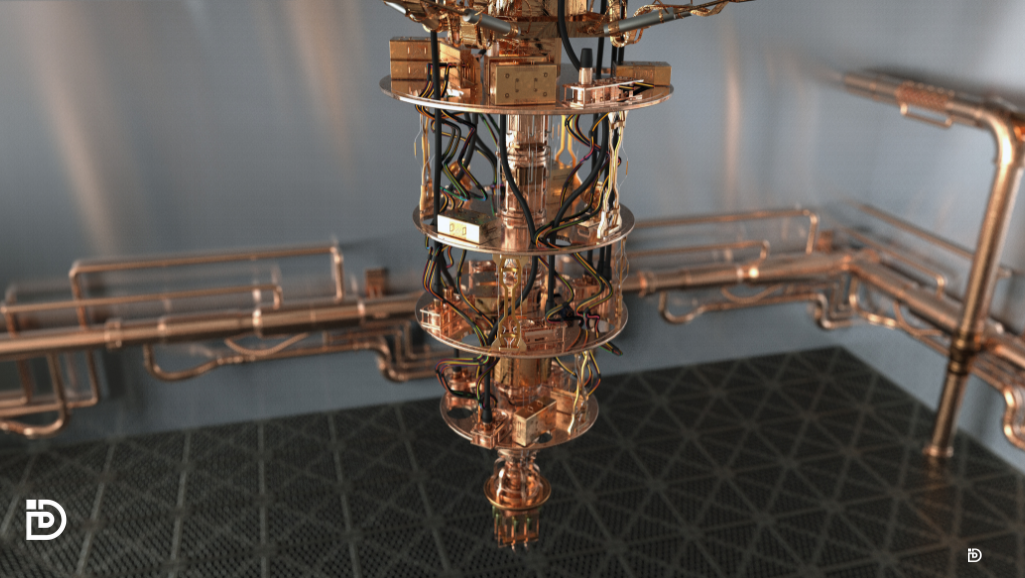Artificial Intelligence (AI) is embedded in our daily lives, from virtual assistants like Siri to complex data analytics. Imagine a future where AI not only assists in everyday tasks but also drives fully autonomous vehicles that can learn new traffic patterns in real-time or predict and prevent accidents.
Artificial General Intelligence (AGI) takes this concept further, envisioning systems that can think, learn, and apply knowledge as a human would. Picture a machine capable of diagnosing medical conditions across different fields with the expertise of a seasoned doctor, then pivoting to strategize in a business environment with equal skill.
Quantum Computing, which leverages quantum mechanics, opens up new possibilities by solving problems that classical computers can’t handle. Consider a scenario where quantum computers break down molecular simulations for drug discovery in seconds, a process that would take today’s supercomputers thousands of years. This could revolutionize how we develop cures for diseases or create new materials.
The synergy between quantum computing and AI could fast-track the development of AGI. For example, quantum-enhanced AI could process vast datasets, such as climate models, to predict and mitigate natural disasters with unprecedented accuracy. Another example could be the real-time optimization of global supply chains, ensuring efficiency even during crises.
These advancements not only promise to transform industries but also our way of life, pushing the boundaries of what we consider possible in technology and human achievement.
Summary
A future Department of Technology (DoT) at federal, state, county, and local levels, as advocated for at www.department.technology, would play a pivotal role in realizing the advanced integration of AI, AGI, and quantum computing. By centralizing and coordinating efforts across all levels of government, the DoT would ensure that the development and deployment of these technologies are strategically aligned with national goals. This unified approach would foster innovation, streamline regulatory frameworks, and provide the infrastructure needed to harness the full potential of quantum-enhanced AI, ultimately accelerating the transition from theoretical possibilities to practical, transformative solutions.

